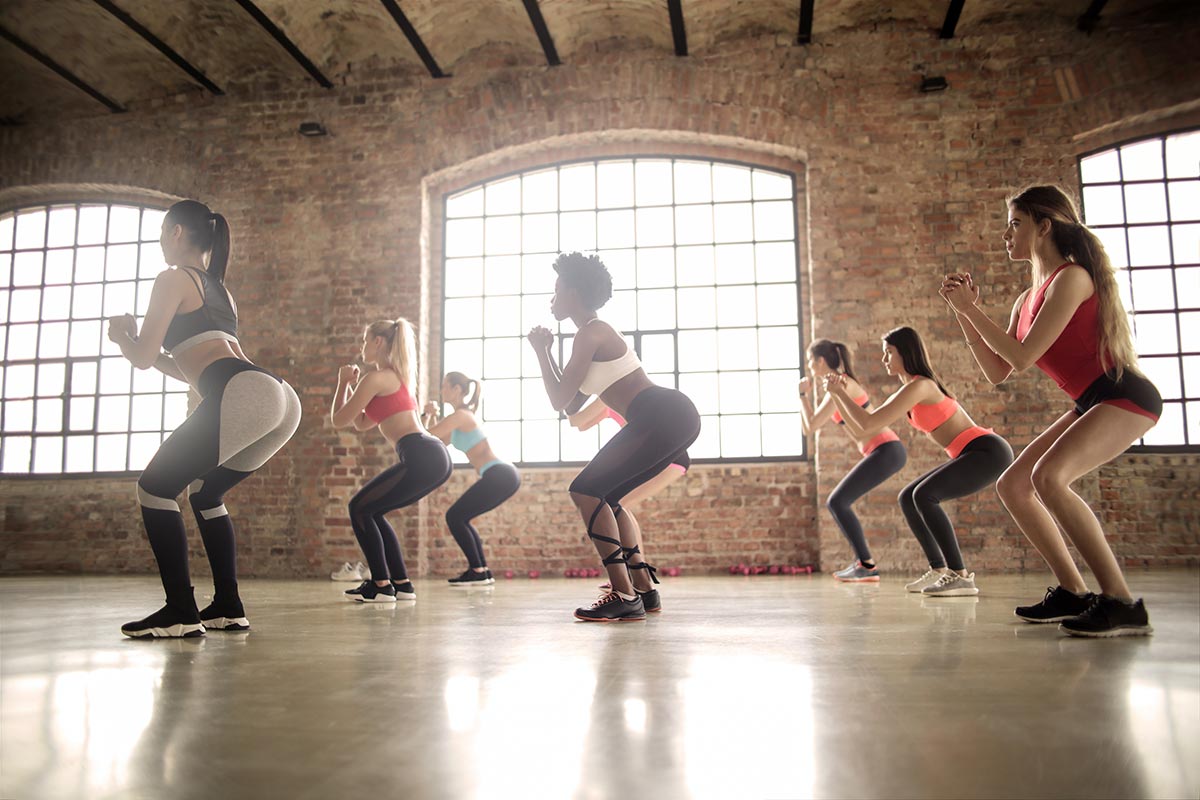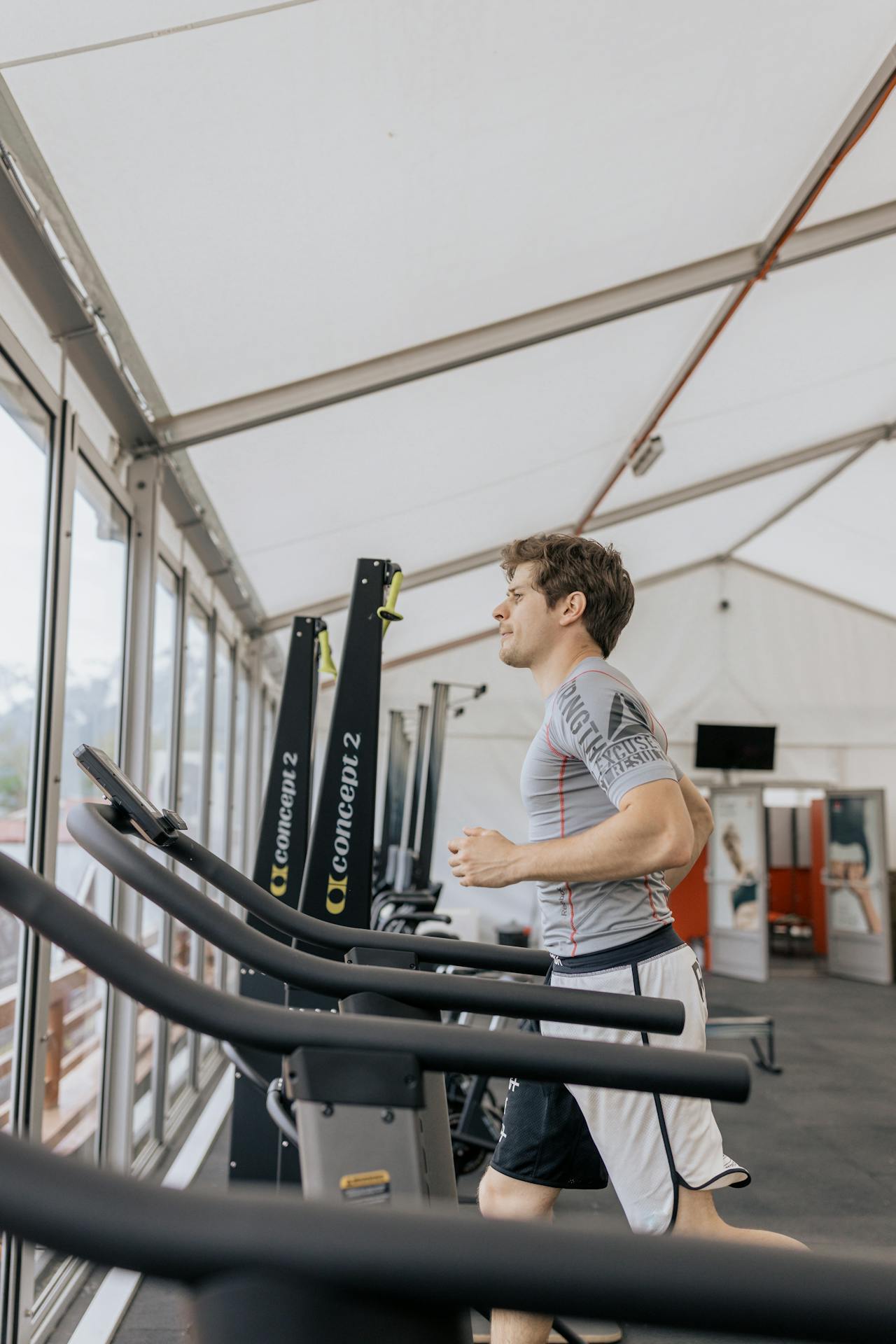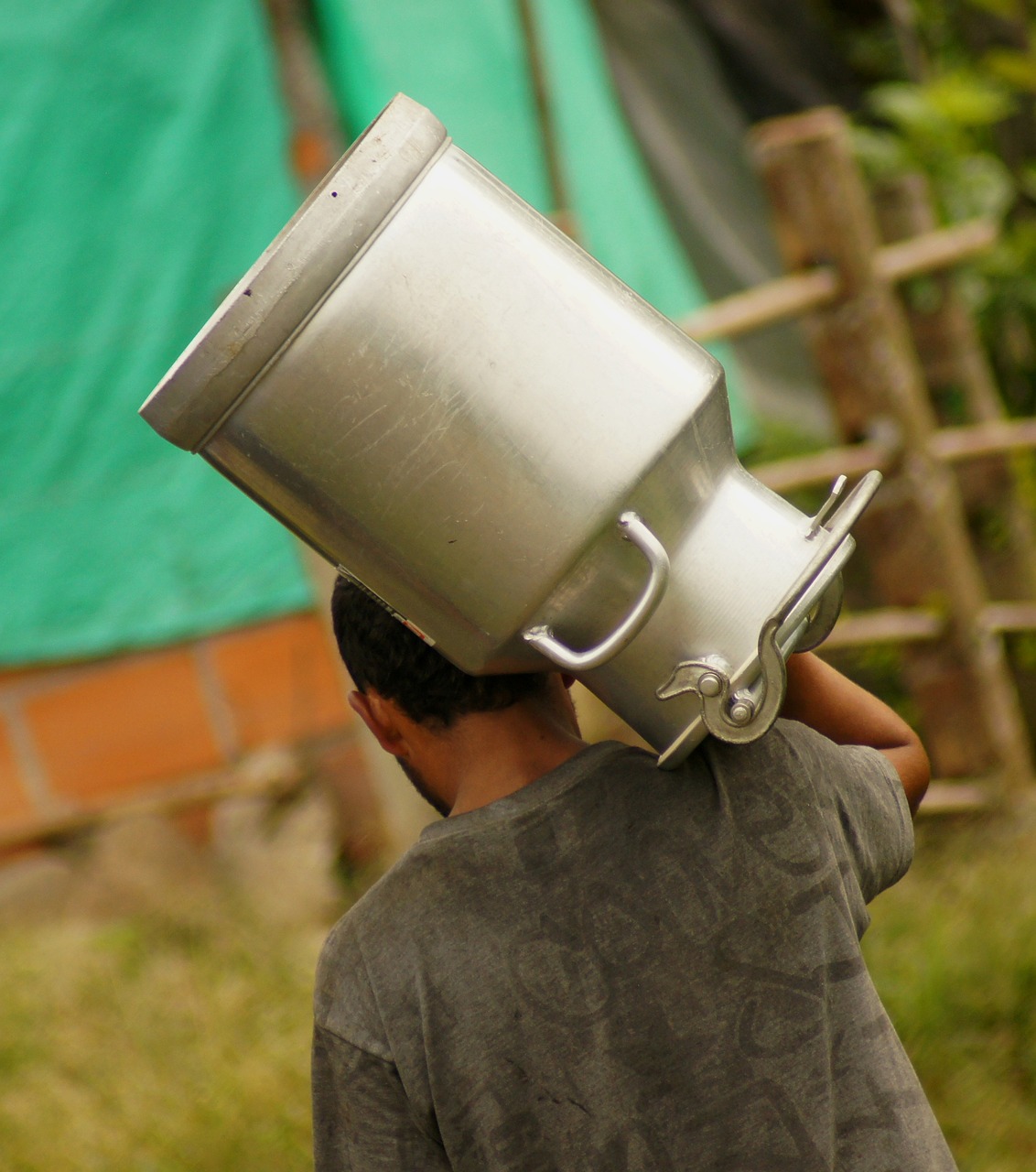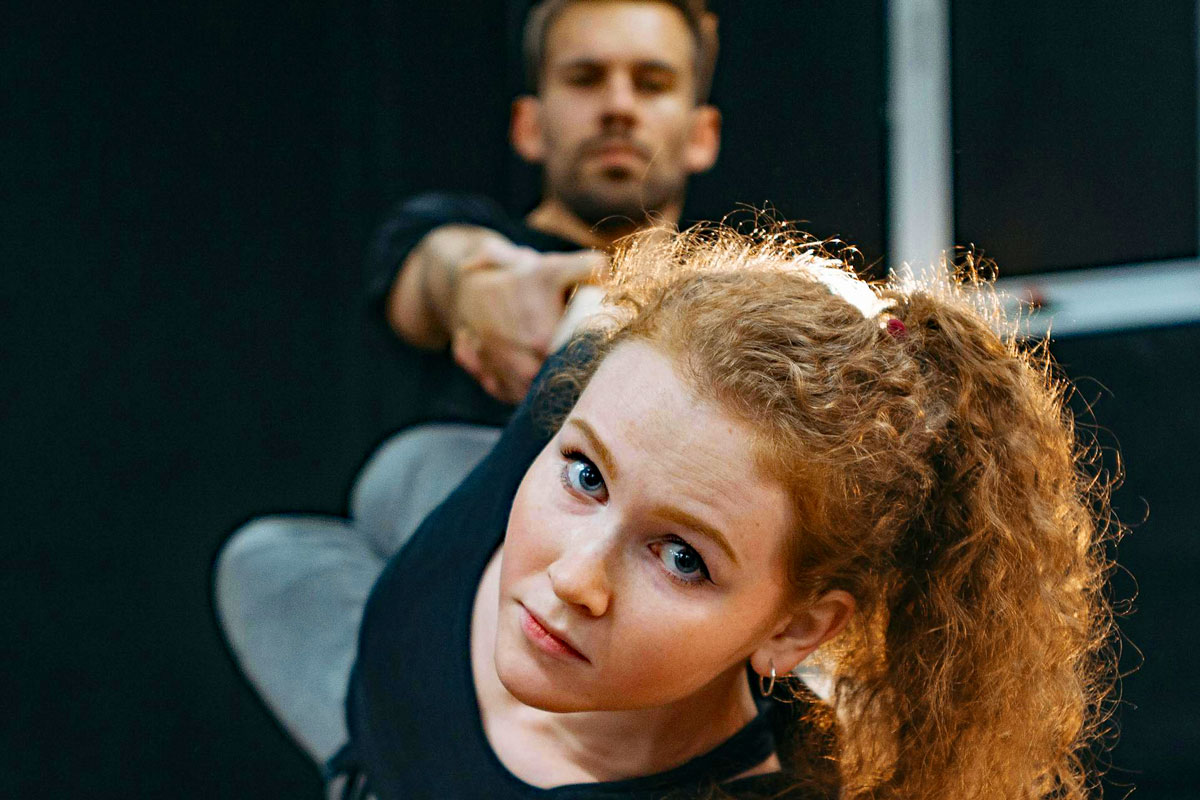It's no surprise that individuals with robust trunk muscles and well-conditioned leg and hip muscles are less prone to developing back pain and injuries compared to those with weaker or less conditioned musculature. A strong core, encompassing the back and abdominal muscles, provides crucial support for the spine, enabling proper posture and movement patterns. This interconnected network of muscles acts as a natural brace, protecting the spine from excessive stress and strain. This is why targeted exercises are important.
Understanding the Importance of Spinal Support
Fortunately, muscles adapt and become stronger when consistently challenged beyond their usual capacity. This principle of progressive overload is fundamental to muscle growth and strength development. If you're new to strengthening exercises, the following exercises focus on the spinal support muscles of the abdomen and back, emphasizing proper form and technique to maximize effectiveness and minimize the risk of injury. Remember to maintain a neutral spine position throughout these exercises, which involves a natural curvature of the lower back, achieved by bending your knees and keeping your feet flat on the floor. This position helps to engage the correct muscles and protect the spine from undue stress. Finding this neutral position is the first and most important step to any of these exercises.
1. Deadbug: Mastering Core Stability
Lie flat on your back, arms extended towards the ceiling, knees bent at 90 degrees, and hips flexed. Engage your core by gently pressing your lower back into the floor. This is your starting position. Now, slowly lower your right arm behind you towards the floor while simultaneously extending your left leg straight out, keeping it a few inches off the ground. Maintain core engagement and prevent your lower back from arching. Return to the starting position and repeat on the opposite side, lowering your left arm and extending your right leg. Alternate sides for 20 repetitions, focusing on controlled movements and maintaining core stability throughout. As you progress, you can increase the difficulty by adding light hand weights or resistance bands.
2. Bridging: Strengthening the Posterior Chain
Lie on your back with your knees bent and feet flat on the floor, hip-width apart. Engage your core and glutes, then lift your hips off the floor until your body forms a straight line from your shoulders to your knees. Hold this position for a few seconds, squeezing your glutes at the top. Slowly lower your hips back to the floor. Repeat this movement 20 times, maintaining control throughout. To increase the challenge, you can perform single-leg bridges by extending one leg straight out while holding the bridge position. This exercise effectively strengthens the glutes, hamstrings, and lower back muscles, all of which contribute to spinal stability.
3. Partial Sit-ups (Crunches): Engaging the Abdominals
Lie on your back with your knees bent and feet flat on the floor. Place your hands lightly behind your head or crossed on your chest. Engage your core and lift your head and shoulders a few inches off the floor, keeping your lower back pressed into the floor. Avoid pulling on your neck. Hold for a brief pause and then slowly lower back down. Perform 10-20 repetitions. It's crucial to focus on controlled movement and avoid using momentum to lift your torso. This exercise targets the rectus abdominis and obliques, contributing to core strength and stability. Remember that proper form is more important than the number of repetitions.
4. Alternate Arm and Leg Lifts (Superman): Targeting the Back Extensors
Lie on your stomach with your arms extended forward and legs straight. Engage your core and simultaneously lift your right arm and left leg a few inches off the floor, keeping your head in line with your spine. Hold for a few seconds, then lower back down. Repeat with the opposite arm and leg. Perform 20 repetitions, focusing on controlled movements and avoiding excessive arching of the lower back. This exercise strengthens the back extensor muscles, which play a crucial role in maintaining spinal posture and stability. It is important to avoid overextension of the spine during this exercise.
5. Quadruped Arm and Leg Lifts (Bird Dog): Enhancing Core Control
Start on your hands and knees, ensuring your hands are directly under your shoulders and your knees are directly under your hips. Maintain a neutral spine. Engage your core and simultaneously extend your right arm forward and your left leg backward, keeping them in line with your torso. Hold for a few seconds, then return to the starting position. Repeat with the opposite arm and leg. Perform 10-20 repetitions on each side. This exercise improves core stability, balance, and coordination, while also strengthening the back and abdominal muscles. Maintaining a stable core throughout the movement is key to maximizing its benefits.
6. Functional Squats: Strengthening the Lower Body and Core
Stand with your feet shoulder-width apart, toes slightly outward. Engage your core and lower your hips as if you were sitting back into a chair, keeping your back straight and chest up. Ensure your knees track over your toes and don't extend past them. Lower until your thighs are parallel to the floor or as low as you can comfortably go while maintaining good form. Push back up to the starting position. Perform 10-20 repetitions. Squats are a compound exercise that works multiple muscle groups, including the quads, glutes, hamstrings, and core, contributing to overall strength and stability.
7. Leg Lowering: Isolating the Lower Abdominals
Lie on your back with your knees bent and feet flat on the floor. Engage your core and lift your legs so that your hips and knees are at 90-degree angles. Keeping your lower back pressed into the floor, slowly lower one leg towards the floor, maintaining control and avoiding arching your back. Lower the leg as far as you can while maintaining core engagement, then return to the starting position. Repeat with the other leg. Perform 10-20 repetitions on each leg. This exercise targets the lower abdominal muscles and helps to improve core stability and control.
By consistently incorporating these exercises into your routine, you can significantly strengthen your back support muscles, reducing the risk of pain and injury, and improving overall posture and stability. Remember to focus on proper form and technique over the number of repetitions, and gradually increase the difficulty as you progress. Consistent effort and attention to detail will lead to long-term benefits for your spinal health and overall well-being.












